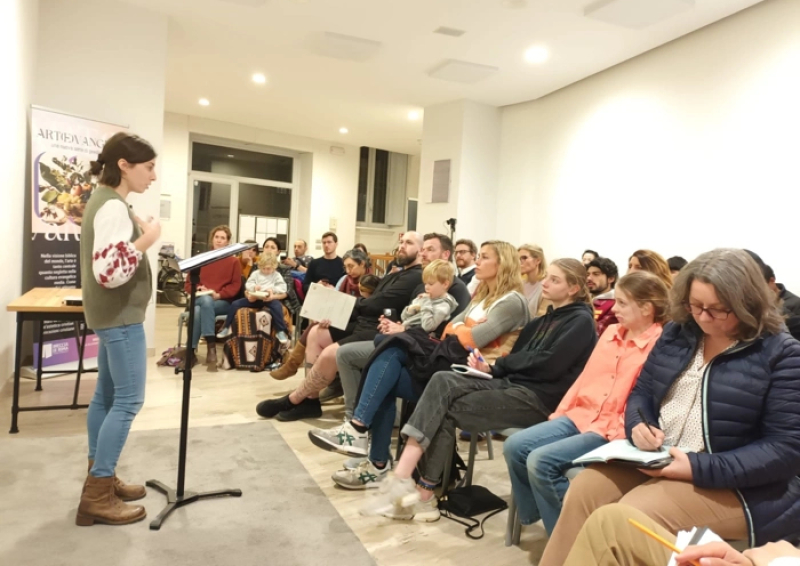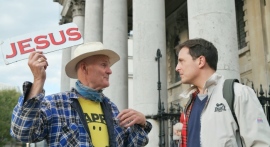
A church in Italy is contesting an unjust tax imposed on it due to the perception that it does not look religious enough.
Breccia di Roma, an Evangelical church that operates in a former shop, has appealed to the European Court of Human Rights to defend its right to worship in its chosen location. The church is represented by the legal advocacy group ADF International.
The Italian Tax Agency has demanded approximately 50,000€, or nearly $55,000, in allegedly accrued taxes, arguing that the interior design of the church does not sufficiently reflect a religious appearance.
Leonardo De Chirico, president of the church association, questioned, “Why should the Tax Agency decide what a place of worship should look like?” He added, “Our small space amid Rome is the place of worship for our community. Every Sunday, we gather for service, our Bible studies are hosted there, and small communities meet in the building. Our worship doesn’t require specific architecture. But we are supposed to pay 50,000€ of allegedly accrued taxes only because we are Protestants.”
Despite having won cases in lower courts, the Italian Supreme Court of Cassation ruled against the church in May 2024, siding with the authorities. The Supreme Court's decision cited the absence of “structural interventions consistent with the characteristics related to the exercise of religious activities,” yet it did not define what those interventions would entail for an Evangelical place of worship.
With no further options for justice within Italy, the church has moved its case to the European Court of Human Rights. ADF International contends that Italy is violating Article 9 of the European Convention on Human Rights, which safeguards the right to establish and maintain places of worship. Lidia Rieder, a legal officer for ADF International, stated, “The right of the church to meet peacefully for worship in the manner prescribed by its Evangelical faith tradition is clearly protected by Article 9.”
Rieder highlighted that while the church is not obligated to justify its appearance to the government, it has explained that the modesty of its architecture is rooted in its religious beliefs. She asserted, “Italian authorities have no right to assess the legitimacy of the ways this church’s religious beliefs are manifested in its physical appearance when clearly this is an authentic place of worship.”
Breccia di Roma purchased and renovated the building in 2015, which had previously functioned as a shop. The Ministry of Cultural Heritage, Activities and Tourism had authorized the classification of the building as a church “without any internal or external building work,” allowing it to qualify for tax exemptions similar to all places of worship in Italy. However, following an inspection of the property, the Italian Tax Agency denied the reclassification and initially demanded over 11,000€, or $12,000, in taxes.
The church launched a lawsuit against the Tax Agency, and a lower court sided with the church, stating that the building could not be connected to commercial activity. The Tax Agency subsequently appealed, using photographs of the Basilica of San Silvestro, the Great Synagogue of Rome, and the Great Mosque of Rome to argue that Breccia di Roma does not resemble a “conventional” place of worship.
In response, the Evangelical community stated that their places of worship are simple and lacking in ornaments, citing examples of other Evangelical churches with similar architectural styles.
The second-instance Tax Court of Lazio ruled the Tax Agency’s appeal as unfounded, noting that the authorities failed to acknowledge the Ministry’s authorization for public worship. Nevertheless, the Tax Agency continued to appeal, ultimately leading to the Supreme Court ruling against the church.

















